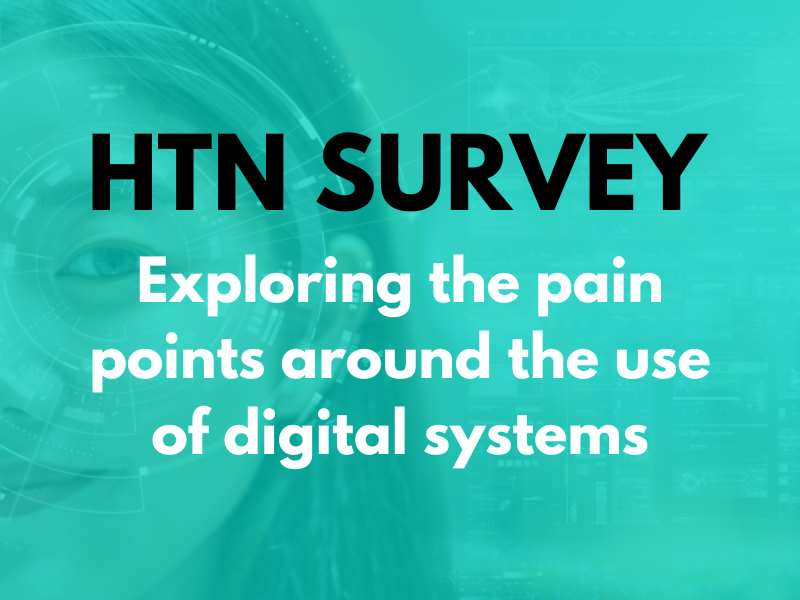Improvement guides and analytic tools have been published by NHS England, designed to help support flow through the emergency care pathway; to generate greater value for patients from theatres, elective surgery, perioperative care and outpatient services; and to improve medical consultant job planning.
The tools are “improvement analytic compartments in the Model Health System”, which aim to help staff use data to identify opportunities, examine comparisons with other areas, and track progress over time. NHSE states that these resources have been co-developed with NHS staff, and seeks feedback on how they work in practice so that further refinements can be made.
With the first of the improvement guides focusing on acute hospital-delivered cares, plans are in place to extend the scope across mental health, community and primary care in the future.
On an additional note, NHSE adds that 16 learning and improvement networks have been established with the aim of bringing clinical and operational leaders together to share best practice and learnings. The networks will be led by chief executives and operate regionally, initially focusing on elective care and urgent and emergency care. The leads include:
- Adam Sewell-Jones (East and North Hertfordshire NHS Trust)
- Nick Hulme (East Suffolk and North Essex NHS Foundation Trust)
- Matthew Trainer (Barking, Havering and Redbridge University Hospitals NHS Trust)
- Lesley Watts (Chelsea and Westminster Hospital NHS Foundation Trust)
- Glen Burley (George Eliot Hospital NHS Trust, South Warwickshire University NHS Foundation Trust, Worcestershire Acute Hospitals NHS Trust, Wye Valley NHS Trust)
- Richard Mitchell (University Hospitals of Leicester NHS Trust/University Hospitals of Northamptonshire NHS Group)
- Birju Bartoli (Northumbria Healthcare NHS Foundation Trust)
- Phil Wood (Leeds Teaching Hospitals NHS Trust)
- Aaron Cummins (University Hospitals of Morecambe Bay NHS Foundation Trust)
- Janelle Holmes (Wirral University Teaching Hospital NHS Foundation Trust)
- Louise Stead (Royal Surrey County Hospital NHS Foundation Trust)
- Miles Scott (Maidstone and Tunbridge Wells NHS Trust)
- Peter Lewis (Somerset NHS Foundation Trust)
- Siobhan Harrington (University Hospitals Dorset NHS Foundation Trust)
To access the resources and find details on how to provide feedback, please click here.
Also from NHSE
Yesterday HTN reported now NHSE published a strategy detailing the primary care implementation of the NHS patient safety strategy, noting the role of digital and data in areas such as automatically flagging patient safety issues to support reliability, and supporting clinical decision-making by digitally embedding diagnosis advice and safety netting.
September also saw NHSE outline priorities for the winter period and steps for ICB and providers to take, including insight on how data will be used to support patient safety, quality of care and transformation. In addition, we covered guidance from NHSE around the implementation of single point of access (SPoA) functions, designed to simplify access to services by supporting onward referrals and winter resilience.
Regarding opportunities and contracts, we noted how NHSE shared an opportunity for suppliers to create an online learning resource for allied health professionals to develop their digital skills through NHSE’s Digital Academy; and we reported how a contract was awarded to support the transformational activities of the digital urgent and emergency team, worth an estimated £37,415,000.
Looking back to August, we highlighted the virtual wards operational framework published by NHSE, designed to help support consistency and the achievement of goals set out in the urgent and emergency care recovery plan, and to help maintain a virtual ward capacity of over 80 percent.
And we shared a letter from NHSE to accountable emergency officers for trusts and integrated care boards, which notes the emergency preparedness, resilience and response exercise programme for 2024 to 2030.





